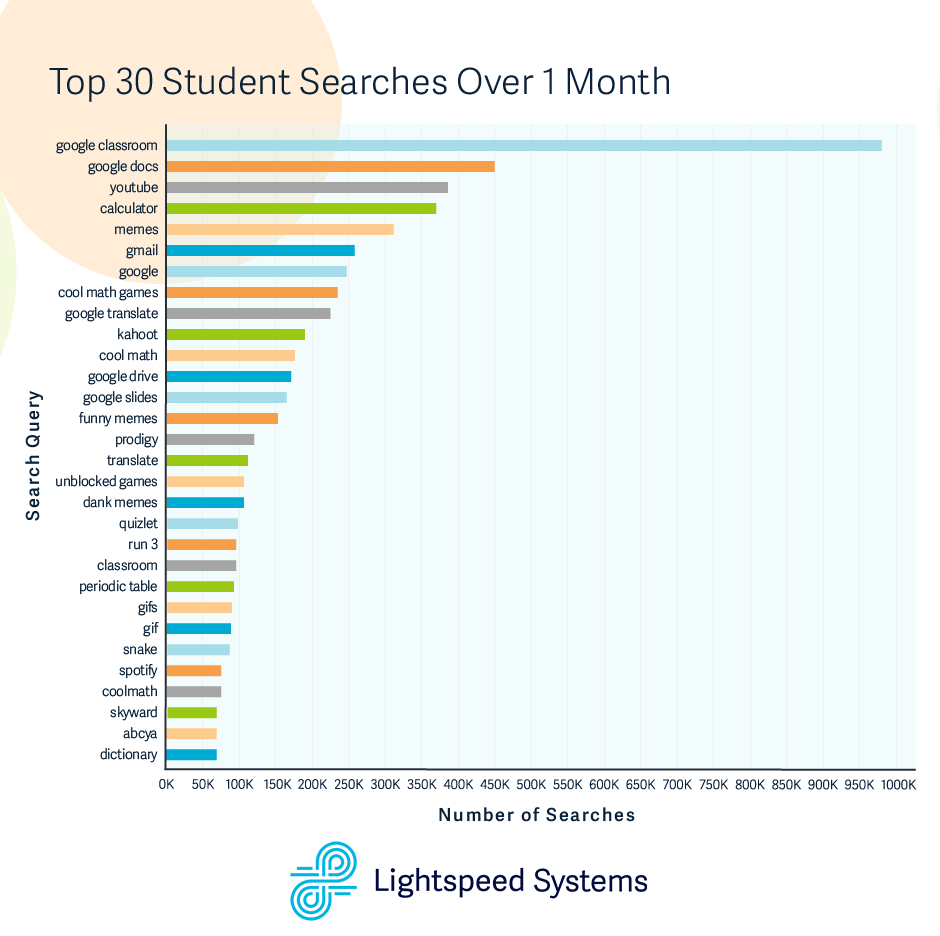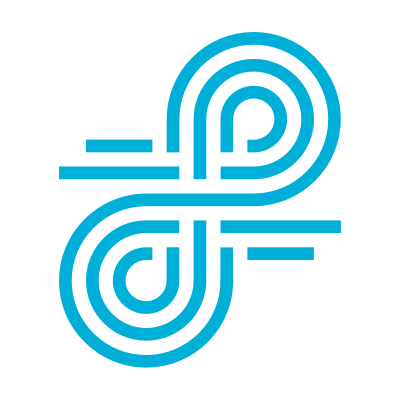Online student activity analyzed with Lightspeed Alert
If you had to guess, how many online searches does the average K-12 student perform in one month? And how many websites do they visit? In each case, online student activity is probably a lot higher than you think.
Every month, the average K-12 student makes more than 300 search inquiries and views 1,400 websites. Now, more than ever, students are exposed to an immense amount of content in their day-to-day educational and personal lives.
Lightspeed Systems, the leader in K-12 web filtering and device management, is proud to offer solutions to enable student learning online and keep students safe without over-blocking valuable content.
This year, we sharpened our focus on data from online student activity to revolutionize K-12 school policies and instruction. Lightspeed Systems partners with more than 25,000 schools around the world, so we’re uniquely positioned to provide trend, comparative and behavioral analyses about student digital behavior.
Collecting data on student searches and page views is key to understanding several things about education today:
- What educational sites appear to be dominating K-12?
- What noneducational sites or topics are popular with students?
- What resources are students seeking on their own?
Over the course of one month, we collected the site and search data from schools using Lightspeed Filter (formerly Relay). Ready to see what we learned? Keep reading.
(Note: For the purposes of this research, all personally identifiable information has been generalized and anonymized. We take student data privacy extremely seriously — you can read about our privacy policy here.)

Looking at the most common student searches, it’s clear that Google dominates the K-12 learning space. The No. 1 student search term is “Google Classroom” with 975,994 searches total. “Google Docs” and “YouTube” fall into the No. 2 and No. 3 spots in search popularity.
It makes sense that Google services are in students’ top three searches. After all, Chromebooks are the No. 1 devices for K-12 in the United States, driving home Google’s domination of the education space.
Meme-ing is also a popular online student activity, with the terms “memes,” “funny memes” and “dank memes” appearing highly in search frequency. Memes have risen in popularity in recent years as catchphrases and jokes transmitted online via images.
Looking down the list, we continue to see more Google services as well as educational resources like “periodic table,” “cool math games” and “dictionary” appearing on the top list. Additionally, instead of using a physical calculator, more students are turning to online calculators; this search is the fourth most common for K-12 students.
Stay tuned to our blog for more surprising stats on our deep-dive into online student activity, including students’ top-visited websites — plus how you can use our data to improve learning and digital citizenship in your school or district.

